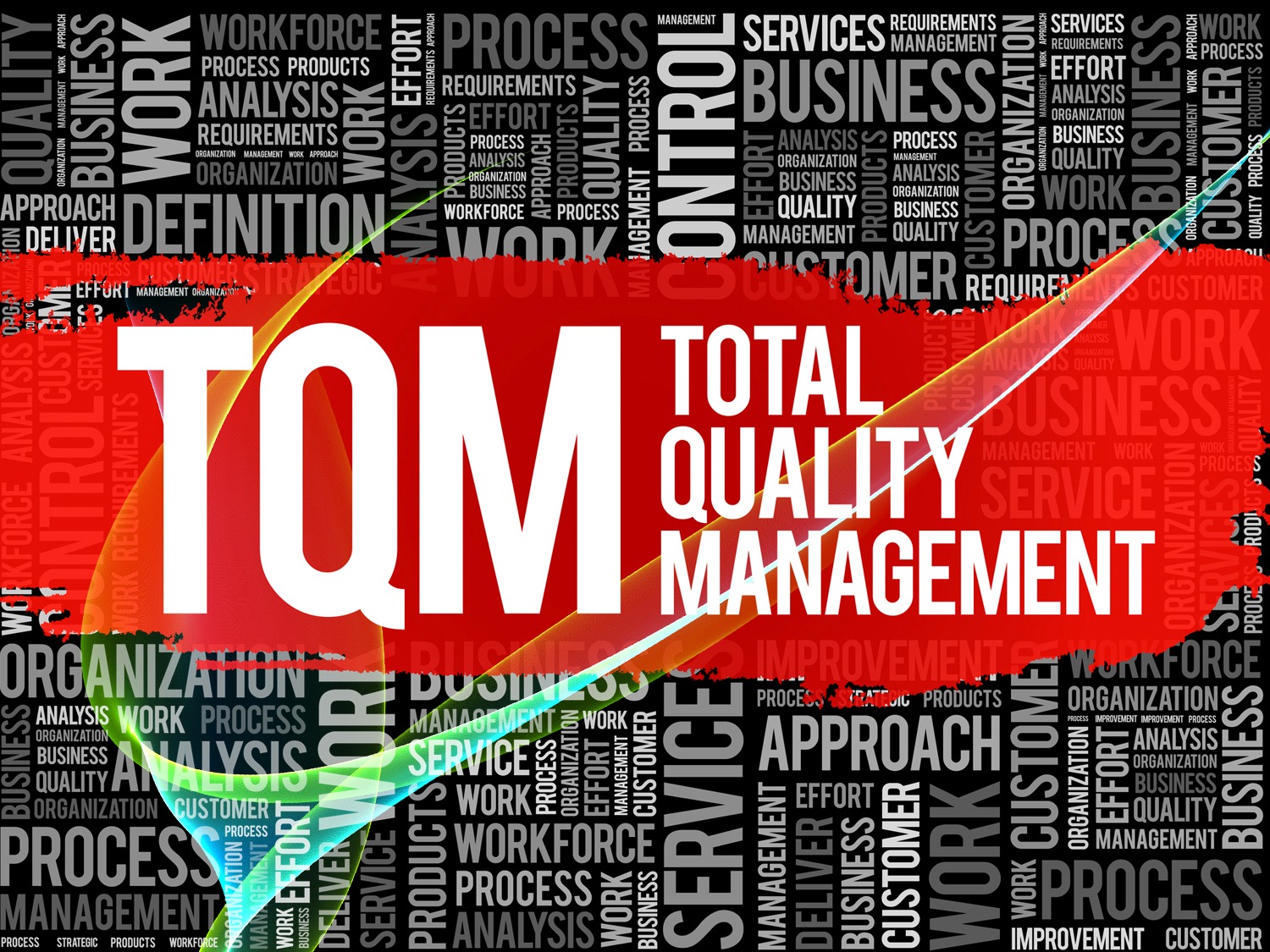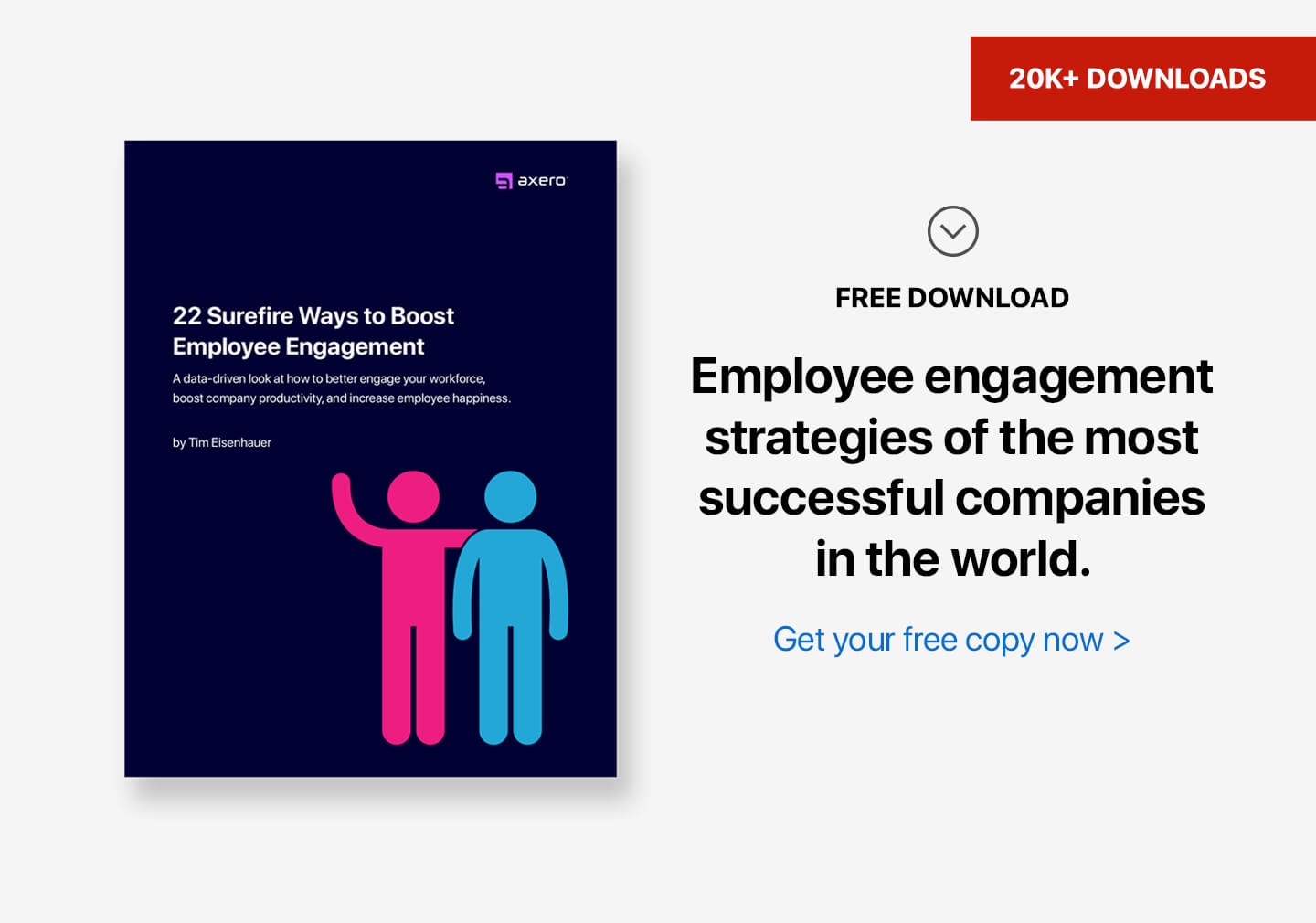I want to improve employee engagement across the organization to improve quality of our products
— Managing Director
What does quality have to do with engagement? For one, there are studies, like Gallup’s Q12 meta-analysis, that show the most engaged teams to also be top performers with respect to quality. You might say, well, that depends on your definitions of quality and employee engagement. However, if you know the history of the quality movement in America, you understand the deep connection between quality and engagement.
Long before employee engagement became a trend, American statistician and business philosopher W. Edwards Deming formulated fourteen principles of effective management. Deming’s principles laid the foundation of the modern Total Quality Management.
The fourteen points first appeared in Deming’s 1986 book, Out of the Crisis. By then, his work had been field-tested and validated many times over. During World War II, Deming, along with H.F. Dodge, A.G. Ashcroft, Leslie E. Simon, R.E. Wareham, and John Gaillard, published American War Standards. American manufacturers widely used Deming’s statistical process control methods in wartime production.
After the war, Deming traveled to Japan to help rebuild the Japanese infrastructure and economy. He trained hundreds of Japanese managers, scientists, and engineers. His followers numbered many prominent industrialists, like Akio Morita, the co-founder of Sony. Deming’s principles allowed Japanese manufacturers to improve quality and ramp up production while lowering the costs.
Japan’s post-war recovery and subsequent economic boom came to be known as “the Japanese miracle.” By the mid-50s, Japan reached pre-war production levels. In the 60s, it became the world’s second-largest economy, behind the United States. For his contributions to the country’s industrial rebirth and its worldwide success, the Japanese government presented Deming with the Order of the Sacred Treasure, Second Class, the highest honor ever given to a foreigner.
After the war, American manufacturers rejected Deming’s ideas. Until the 80s, his name was largely unknown in his home country. The conventional wisdom was that quality was expensive, and consumers were not willing to pay for quality. By the time this attitude shifted, Japanese imports wiped out the domestic consumer-electronics industry and were about to do the same in the auto space.
“Ford Motor Company was one of the first American corporations to seek help from Deming. In 1981, Ford’s sales were falling. Between 1979 and 1982, Ford had incurred $3 billion in losses. Ford’s newly appointed Corporate Quality Director, Larry Moore, was charged with recruiting Deming to help jump-start a quality movement at Ford. Deming questioned the company’s culture and the way its managers operated. To Ford’s surprise, Deming talked not about quality, but about management. He told Ford that management actions were responsible for 85 percent of all problems in developing better cars.
In 1986, Ford came out with a profitable line of cars, the Taurus-Sable line. In a letter to Autoweek Magazine, Donald Petersen, then Ford chairman, said, ‘We are moving toward building a quality culture at Ford and the many changes that have been taking place here have their roots directly in Deming’s teachings.’ By 1986, Ford had become the most profitable American auto company. For the first time since the 1920s, its earnings had exceeded those of archrival General Motors…” (Wikipedia)
Deming insisted that his methods applied to services and non-profits as much as they did to manufacturing. Besides Ford, Deming consulted with Dow Chemical, Procter & Gamble, AT&T, and The New York Times, among others. He notoriously refused to work with companies unless top executives joined the training. He never missed a chance to tell them that they had nobody to blame but themselves. “Can you blame your competitor for your woes? No. Can you blame the Japanese? No. You did it yourself.”
Here are Deming’s fourteen principles (excerpted from Wikipedia):
- Create constancy of purpose toward improvement of product and service, with the aim to become competitive, to stay in business and to provide jobs?
- Adopt the new philosophy. We are in a new economic age. Western management must awaken to the challenge, must learn their responsibilities, and take on leadership for change.
- Cease dependence on inspection to achieve quality. Eliminate the need for massive inspection by building quality into the product in the first place.?
- End the practice of awarding business on the basis of a price tag. Instead, minimize total cost. Move towards a single supplier for any one item, on a long-term relationship of loyalty and trust.?
- Improve constantly and forever the system of production and service, to improve quality and productivity, and thus constantly decrease costs.?
- Institute training on the job.?
- Institute leadership. The aim of supervision should be to help people and machines and gadgets do a better job. Supervision of management is in need of an overhaul, as well as supervision of production workers.?
- Drive out fear, so that everyone may work effectively for the company.?
- Break down barriers between departments. People in research, design, sales, and production must work as a team, in order to foresee problems of production and usage that may be encountered with the product or service.?
- Eliminate slogans, exhortations, and targets for the work force asking for zero defects and new levels of productivity. Such exhortations only create adversarial relationships, as the bulk of the causes of low quality and low productivity belong to the system and thus lie beyond the power of the work force. a) Eliminate work standards (quotas) on the factory floor. Substitute with leadership. b) Eliminate management by objective. Eliminate management by numbers and numerical goals. Instead substitute with leadership.?
- Remove barriers that rob the hourly worker of his right to pride of workmanship. The responsibility of supervisors must be changed from sheer numbers to quality.?
- Remove barriers that rob people in management and in engineering of their right to pride of workmanship. This means, inter alia, abolishment of the annual or merit rating and of management by objectives.?
- Institute a vigorous program of education and self-improvement.
Put everybody in the company to work to accomplish the transformation. The transformation is everybody’s job. Massive training is required to instill the courage to break with tradition. - Every activity and every job is a part of the process.
Now, what does this sound like to you? That’s right! Employee engagement. Not the cheap, dumbed-down, over-the-counter version that promises great returns on minimal intervention. The real engagement that starts at the top, is willing to look at itself critically, takes responsibility, has a sense of purpose, and has people’s best interests at heart.
“Companies that sought to improve their quality by adopting Mr. Deming’s methods often found they had to change their entire culture. To convince workers that managers really did want to enlist them as partners, many companies eliminated cherished management perquisites like special parking spaces and executive dining rooms because shop-floor workers found them offensive.” 1
Deming’s rules for quality transformation appeared before the Internet Age. They have already helped win the war, build one of the world’s largest economies, and save American manufacturing. And we’re only at the beginning of what’s possible. Because most of Deming’s ideas—those on people management and leadership—are still too radical to take root.
However, the companies that have survived the previous century and have a shot at this one are taking him at his word. One by one, they are breaking with the past and giving their people the freedom and tools to succeed. My book, Who the Hell Wants to Work for You?, is about these companies and their methods. You might be surprised to find Deming’s most “utopian” views successfully adopted by some of your peers.
“When asked, toward the end of his life, how he would wish to be remembered in the U.S., he replied, ‘I probably won’t even be remembered.’ After a pause, he added, ‘Well, maybe … as someone who spent his life trying to keep America from committing suicide.’” (Wikipedia)
We are not in the clear just yet. And the current disengagement crisis is proof that the danger is real. On the bright side, you don’t need a lot to get started. If impoverished workers in war-torn Japan could adhere to his principles, you can too. Deming’s teachings don’t rely on any specific work culture; they allow you to make the best use of what you have.
“In rare moments when he was not pursuing his mission, Deming polished his skills as an organist and music composer. His version of the national anthem… addresses people’s inability to hit all the notes… In life and in art, Deming simply wanted to make it easier for people to sing.” 2
____
If you like to make it easy for people to work for you, you might like my book, because it gives you 23 ways to do that.
_____
[1] John Holusha, W. Edwards Deming, Expert on Business Management, Dies at 93, The New York Times, December 21, 1993
[2] W. Edwards Deming: A mission pursued on two continents, ASQ.org












 info@axerosolutions.com
info@axerosolutions.com 1-855-AXERO-55
1-855-AXERO-55


